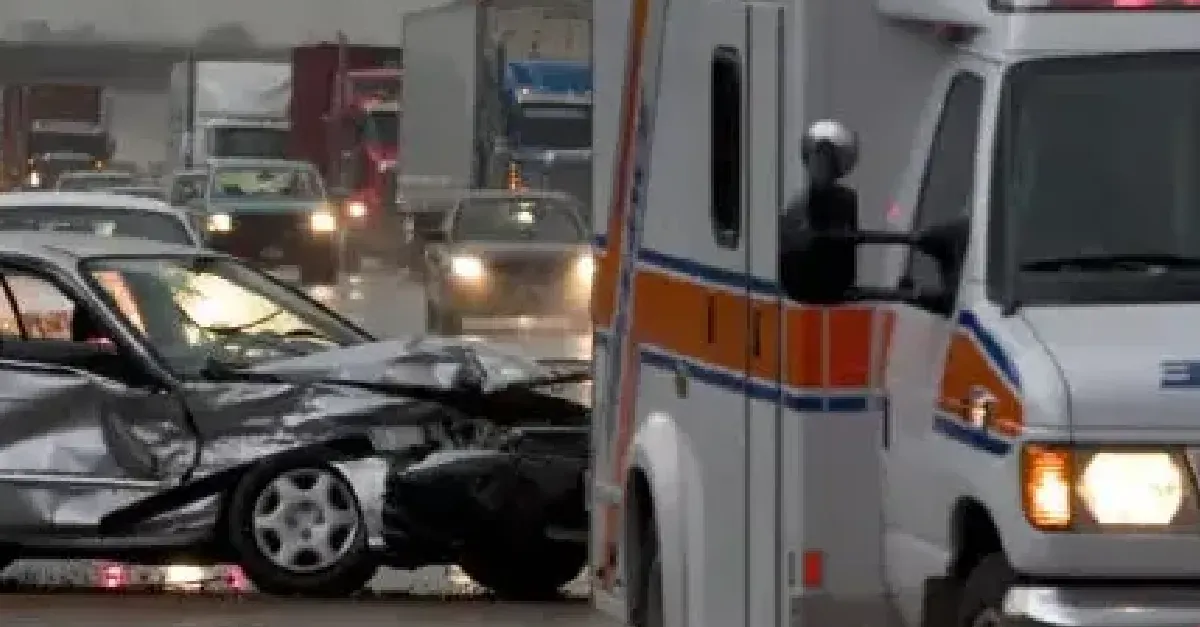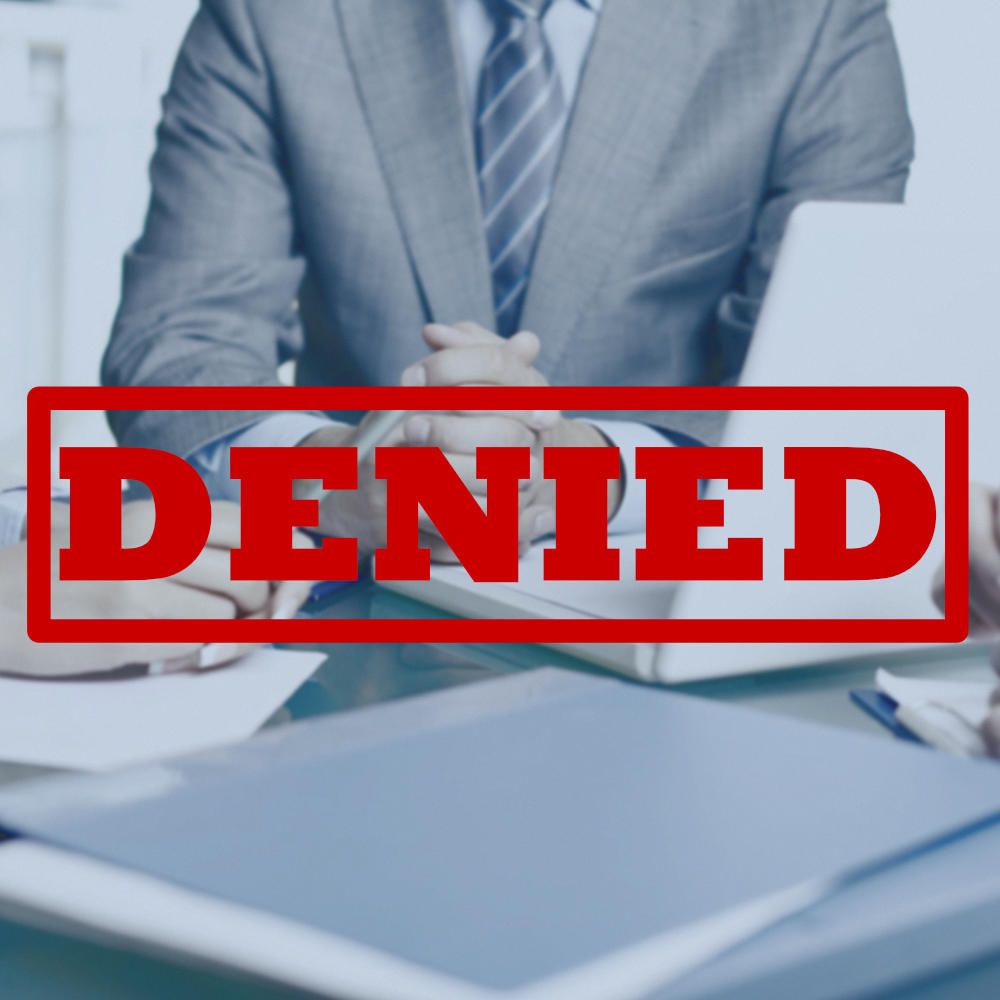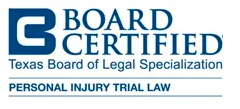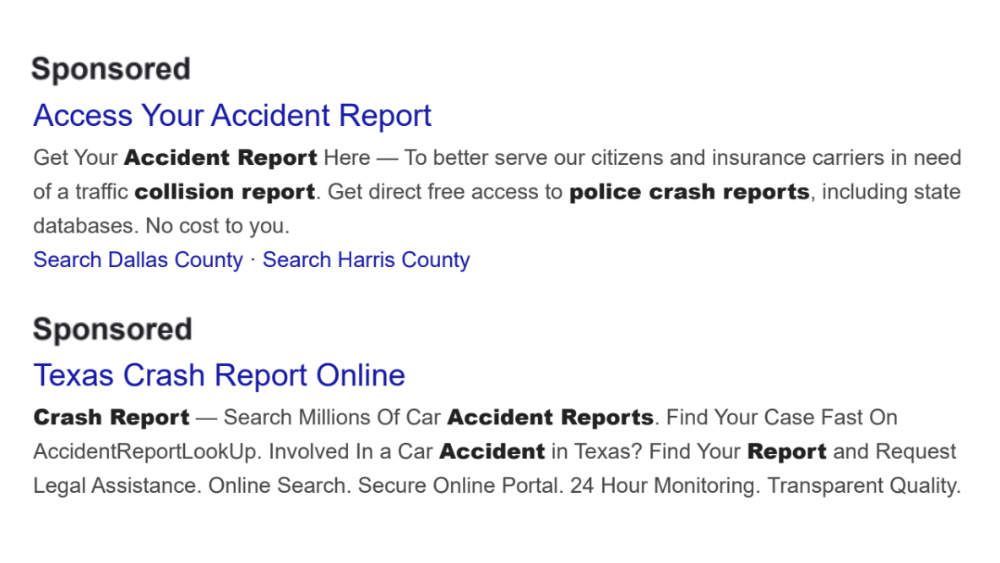HOW SERIOUS A PROBLEM IS DRIVER FATIGUE?

According to the National Highway Traffic Safety Administration, every year about 100,000 police-reported crashes involve drowsy driving. These crashes result in more than 1,550 fatalities and 71,000 injuries. The real number may be much higher, however, as it is difficult to determine whether a driver was drowsy at the time of a crash.
In the article below, the personal injury team at Wham & Rogers discuss driver fatigue and how dangerous it really is. If you have been injured by a driver who was fatigued, drowsy, or asleep at the wheel, call us at (832) 592-1108 to find out your options for pursuing recovery.
A study by the AAA Foundation for Traffic Safety estimated that 328,000 drowsy driving crashes occur annually. That’s more than three times the police-reported number. The same study found that 109,000 of those drowsy driving crashes resulted in an injury and about 6,400 were fatal. The researchers suggest the prevalence of drowsy driving fatalities is more than 350% greater than reported.
How Does Fatigue Affect Drivers?
According to Advanced Driver Fatigue Research, fatigue affects drivers in the following ways:
- slower reaction time
- impaired judgment and vision
- decline in attention to important signs, road changes and the actions of other vehicles
- decreased alertness, preventing you from seeing an obstacle and avoiding a crash
- increased moodiness and aggressive behavior
- problems with processing information and short-term memory
When are Fatigue-Related Crashes Most Likely to Occur?
Most drowsy driving crashes happen between midnight and 6:00 a.m., when the body’s need for sleep is greatest, and in the mid-afternoon (during the circadian dip). The driver is alone and more likely to be male. Drivers who drive alone or have no one to help them watch for the signs of fatigue are at higher risk.
- Sleep-related crashes tend to involve a single vehicle running off a high speed road to the right or to the left. Often a single vehicle drifts off the road and hits a stationary object.
- Sleep related crashes look different from alcohol-related crashes, in that there is no evidence of the driver braking or making evasive maneuvers.
- Many drowsy driving crashes involve serious injuries and/or fatalities.
What are the Signs of Driver Fatigue?
Symptoms of fatigue while driving include similar symptoms to fatigue while doing any other task. Drivers should be mindful of the following:
- Frequent yawning or difficulty keeping your eyes open
- “Nodding off” or having trouble keeping your head up
- Inability to remember driving the last few miles
- Missing road signs or turns
- Difficulty maintaining your speed
- Drifting out of your lane
How to Prevent Fatigue-Related Auto Accidents
The best way to prevent fatigue-related auto accidents is for drivers to get enough sleep. Most adults need 7-9 hours, and most teens need 8.5 - 9.5 hours to maintain proper alertness during the day. How can you prevent fatigue? Consider the following:
- Schedule proper breaks, about every 100 miles or 2 hours during long trips.
- Arrange for a travel companion—someone to talk with and share the driving.
- Avoid alcohol and sedating medications—check your labels or ask your doctor
- Stop driving—pull off at the next exit or rest area, or find a place to sleep for the night.
- Take a nap—find a safe place to take a 15-20 minute nap (more than 20 minutes can make you groggy for 15 minutes or more after waking).
- Consume caffeine–the equivalent of two cups of coffee can increase alertness for several hours, and usually takes about 30 minutes to enter the bloodstream. Caffeine is available in various forms (coffee, tea, soft drinks, energy drinks, chewing gum, tablets), and in various amounts. For example, the amount of caffeine in one cup of coffee (about 135 mg) is about the same as 2-3 cups of tea or 3-4 cans of regular or diet cola.
- Try consuming caffeine before taking a short nap to get the benefits of both.
- Let a passenger take over the diving.
What to do if You are Injured in a Fatigue-Related Auto Accident
If you have been injured by a fatigued driver, you may be eligible to pursue compensation for your injuries and losses. Reach out to the car accident lawyers at Wham & Rogers for a free consultation and to learn more about your rights and options.
MORE RESOURCES ON DRIVER FATIGUE CAN BE FOUND HERE:
https://www.ntsb.gov/safety/mwl/Documents/MWL_2016_factsheet01.pdf
https://www.healthypeople.gov/2020/topics-objectives/topic/sleep-health
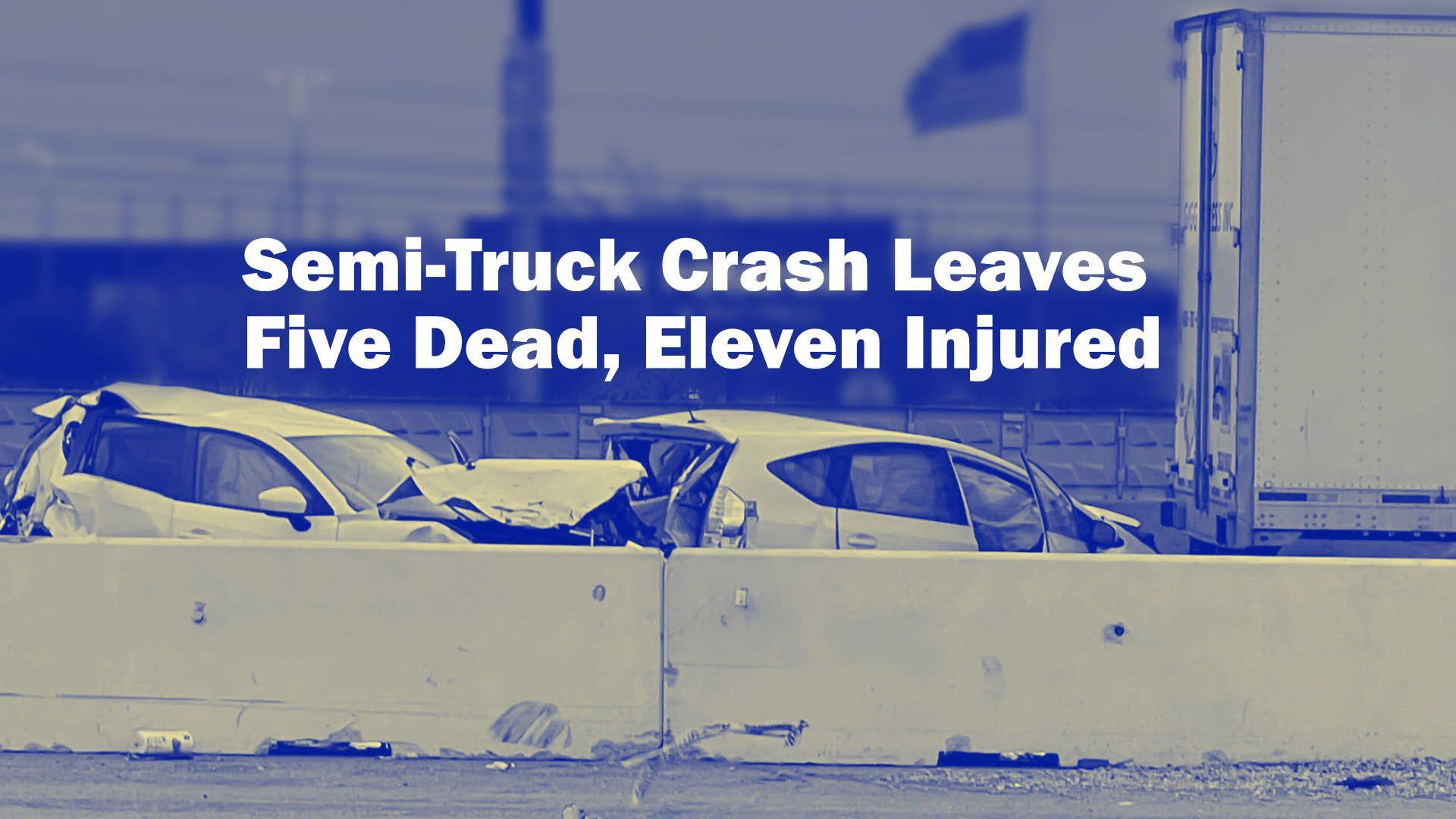
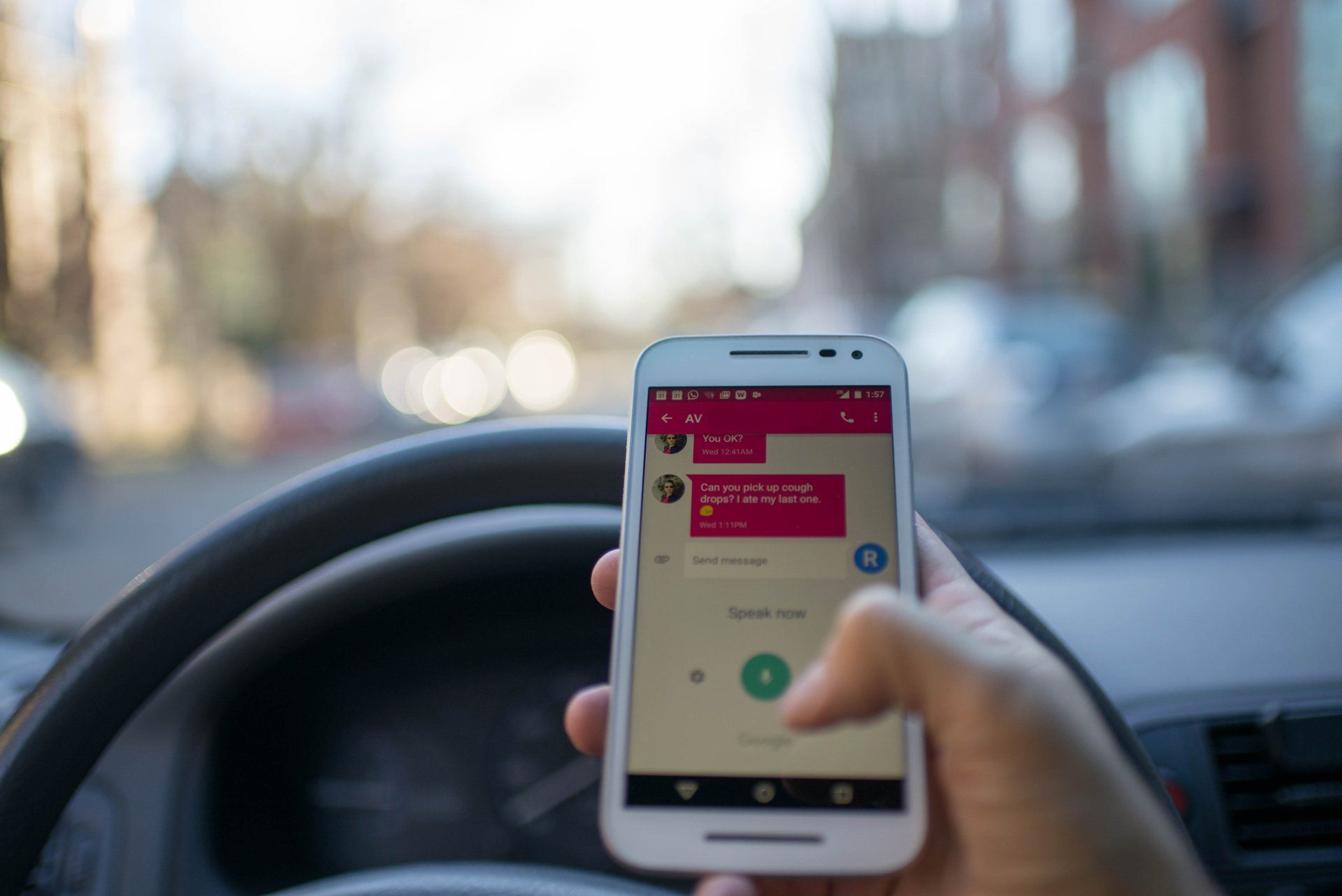
The information on this website is for general information purposes only. None of the information on this site should be taken as legal advice for any individual case or situation. This information is not intended to create, and receipt or viewing does not constitute, an attorney-client relationship.


